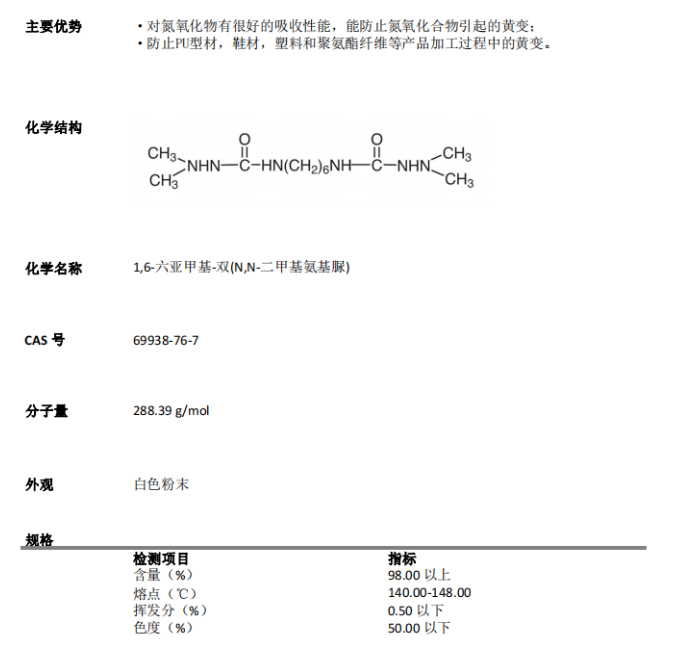Address:Room 906, building 6, SIIC Center, No.195 Hong Kong East Road, Laoshan District, Qingdao city, Shandong Province, China
E-mail:info@deltachem.net
Polyurethane is typically produced by reacting oligomeric polyols, polyisocyanates, chain extenders/crosslinkers, and other auxiliaries. Due to its excellent properties, polyurethane materials are widely used across various industries:
Polyurethane fibers, primarily composed of polyurethane, are commonly known as spandex, and exhibit high elastic recovery rates and high elongation at break, similar to rubber fibers.
Polyurethane foam plastics have low thermal conductivity, excellent insulation properties , and are lightweight, making them widely used as sealing and insulation materials for roofs, walls, and windows.
In the automotive manufacturing industry, polyurethane is essential in the production of seat cushions, body insulation layers, dashboards, interior parts, paints, and various accessories.
Compared to other elastomers and rubber materials, polyurethane elastomers offer advantages such as light weight, wear resistance, oil resistance, aesthetics, comfort, and ease of manufacturing, making them a widely acclaimed material for shoe soles. China is the world's largest exporter and producer of footwear, accounting for 60% of global shoe production. Shoe soles and uppers are often made from TPU and PU synthetic leather.

Like other polymer materials, unmodified polyurethane is prone to oxidation during processing and subsequent use, leading to yellowing, cracking, and deterioration in mechanical properties. Yellowing not only affects the appearance of polyurethane materials but also serves as a warning for changes in their structural properties.
So, why do polyurethane products undergo yellowing and aging?
The molecular and structural characteristics of polyurethane make it susceptible to yellowing during processing and use, which affects both the aesthetic appearance and the physical properties of the product. The chain segments of oligomeric polyol molecules contain some degree of unsaturation, which, under the catalytic effect of external factors, gradually oxidize into aldehyde-ketone and carboxylic acid structures. This oxidation process further degrades the material, producing yellowing groups. Aromatic systems in isocyanates are also prone to oxidation under factors like heat and light, forming quinone-type structures that cause yellowing in polyurethane products. Additionally, prolonged exposure to UV light can cause bond-breaking in the carbamate groups within the polyurethane structure, leading to the formation of colored groups.

Omnistab® HN130 is a high-performance anti-yellowing agent that solves the yellowing problem of polyurethane and helps maintain material properties while extending the product's lifespan.
Omnistab® HN130 is an amine-based anti-yellowing agent that can be widely used in polyurethane profiles, footwear materials, plastics, and paper roll fibers. It effectively inhibits yellowing caused by thermal oxidation or photo-oxidation during processing and subsequent use. Omnistab® HN130 can be applied before or during the polymerization process and remains stable in polyurethane coatings. It has excellent compatibility and does not cause precipitation or crystallization.

Product specifications for Omnistab® HN130
For more information about Omnistab® HN130 and pricing details, please feel free to contact our sales team. Deltachem (Qingdao) Co. Ltd. is committed to safeguarding the quality of your polymer materials.